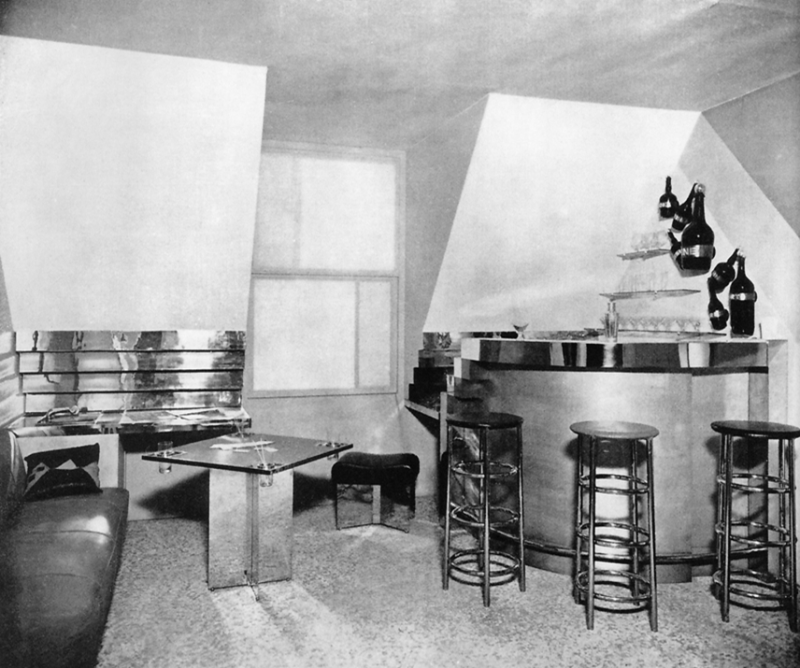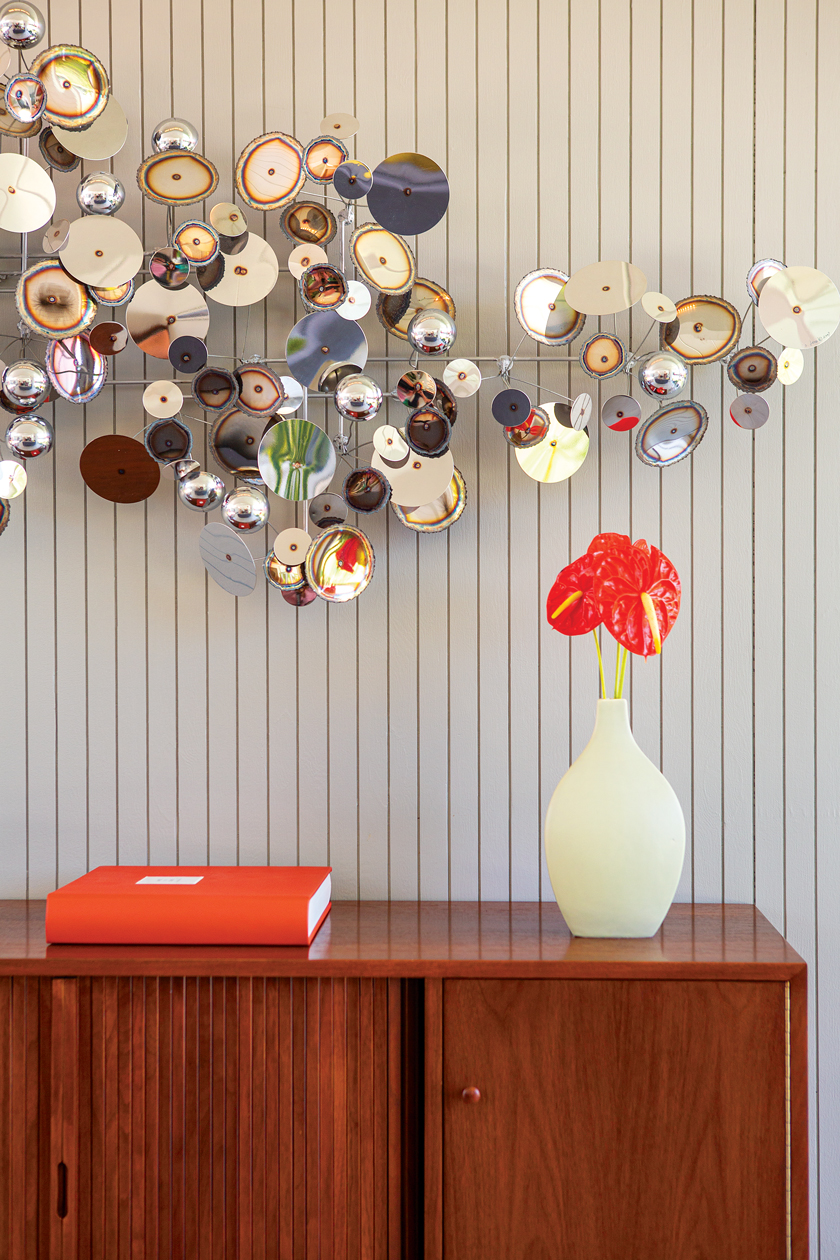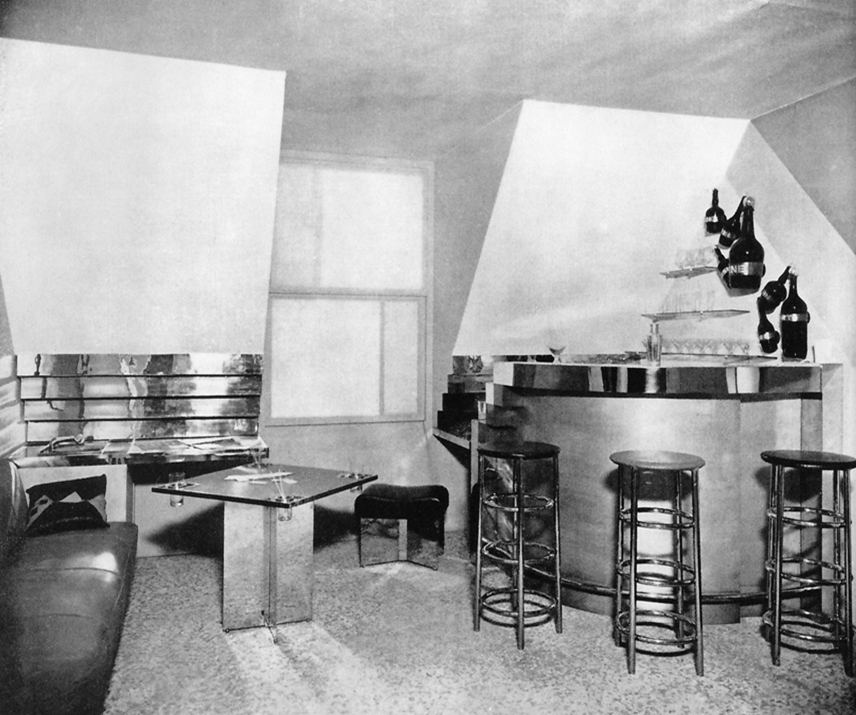
In 1981, Charlotte Perriand wrote, “The extension of the art of dwelling is the art of living—living in harmony with man’s deepest drives and with his adopted or fabricated environment.” This perfectly captures what Perriand spent her life accomplishing through modernist design influenced by both Eastern and Western traditions.
Charlotte Perriand was born in 1903 in Paris, France. She studied furniture design for five years at Ecole de L’Union Centrale de Arts Decoratifs, where she learned about the Art Deco discipline from famous interior designer Henri Rapin.
In 1927, Perriand applied to work at Le Corbusier’s studio and was quickly rejected when the architect infamously said, “We don’t embroider cushions here.” Perriand wasn’t deterred by the blatant sexism, instead giving Le Corbusier her card for future consideration. Corbusier ate his words later that year when his partner, Pierre Jeanneret, saw Perriand’s work exhibited at Salon d’Automne and urged him to hire her.
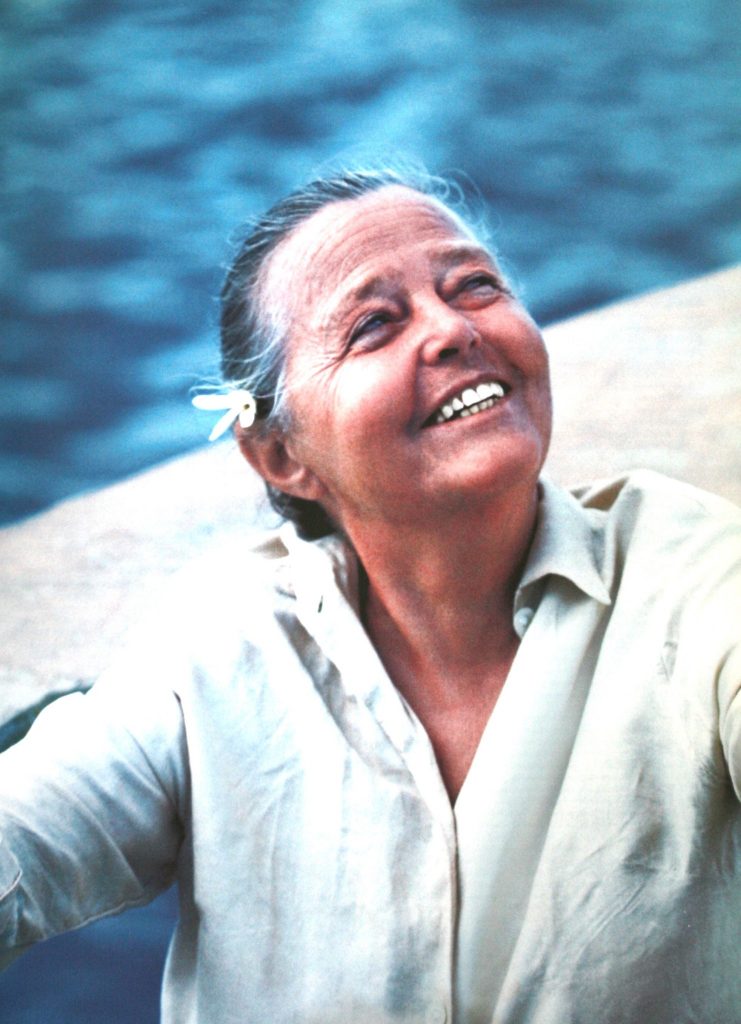
Perriand worked at the studio until 1937, designing three chairs from Le Corbusier’s principles. Arguably the most distinct of the three is Basculant B301, an armchair with a steel construction and a calf-hide seat and back. The B306 Chaise Lounge bears resemblance to designer Michael’s Thonet’s classic Bentwood Chair and Perriand openly discussed his influence on the design. All three pieces gained critical acclaim from the design world in 1929 when they exhibited.
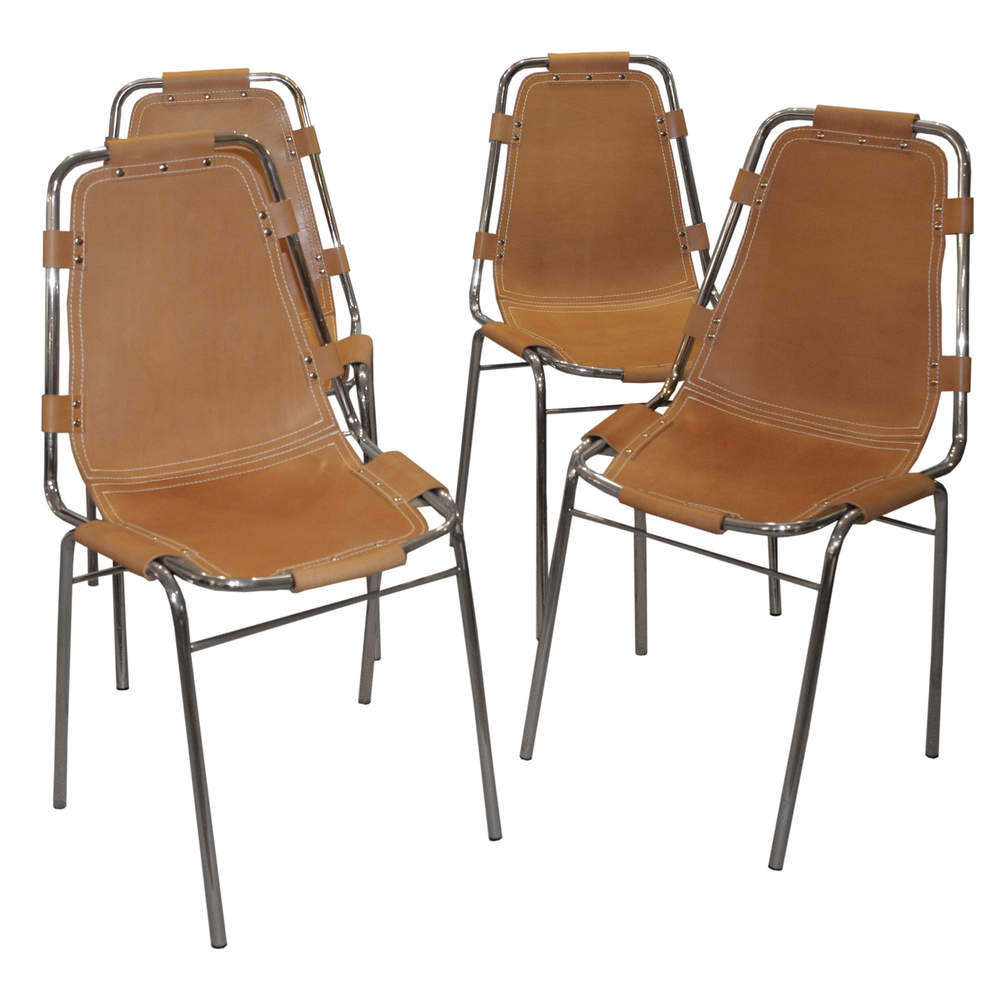
During the 1930s, Perriand became involved in leftist activism, helping found the The Union des Artistes Modernes. When chrome became expensive during this time, she began using more traditional materials like cane and wood in her furniture.
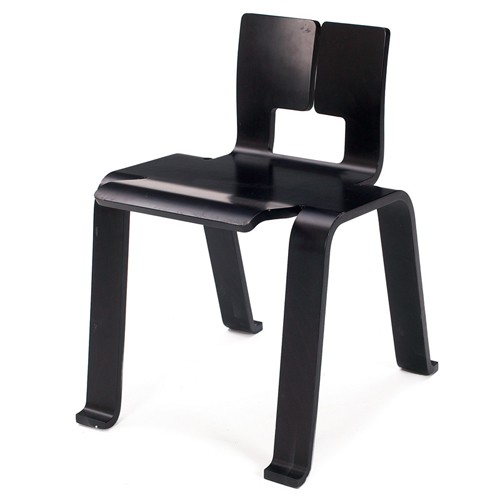
The 1940s were another turning point for Perriand. She traveled to Japan as an industrial design consultant for the Ministry of Tea and Trade, but upon trying to return home to Europe, which was in the throes of World War II, she was detained and forced to live in exile in Vietnam. She spent her time in Vietnam studying woodworking and developed a great appreciation for Eastern culture and design, which influenced the rest of her design work. Her focus turned to creating functional, aesthetically pleasing furniture that could be mass-produced and sold at a accessible price.
Atomic Ranch is Celebrating Women’s History Month!
March is Women’s History Month, and to celebrate, join us as we showcase some of the midcentury’s most beloved women designers as well as some modern makers inspired by their legacy. Click here to read more about the ladies behind your favorite designs, pieces and places.

